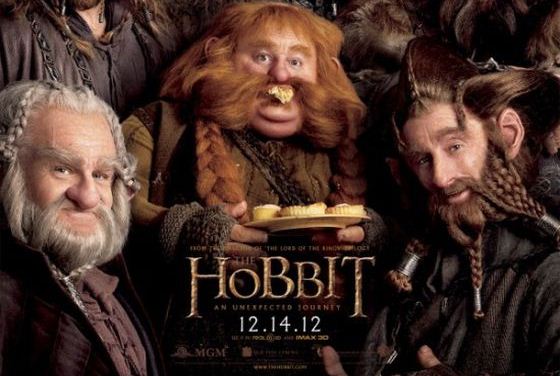'The Hobbit: The Motion Picture Trilogy' Blu-ray box set review

(C) 2015 Warner Bros./Metro-Goldwyn-Mayer Studios The Hobbit Motion Picture Trilogy Nine years after director Peter Jackson concluded his The Lord of the Rings film trilogy with the Academy Award-winning epic The Return of the King, Warner Bros. released The Hobbit: An Unexpected Journey. Starring Ian McKellen as Gandalf, Martin Freeman as Bilbo Baggins, Cate Blanchett as Galadriel, and Richard Armitage as Thorin Oakenshield, this 2012 fantasy film is the first installment of an ambitious trilogy based on J.R.R. Tolkien’s 1937 novel, The Hobbit. An Unexpected Journey was followed by The Hobbit: The Desolation of Smaug in 2013. A year later, Warner Bros. closed the story arc with The Hobbit: The Battle of the Five Armies. The Hobbit Motion Picture Trilogy is the prequel to Jackson’s adaptation of Tolkien’s three-volume novel The Lord of the Rings. Thematically, The Hobbit is faithful to the spirit of Tolkien’s book, the script by Jackson, Fran Walsh, Philippa Boyens...

